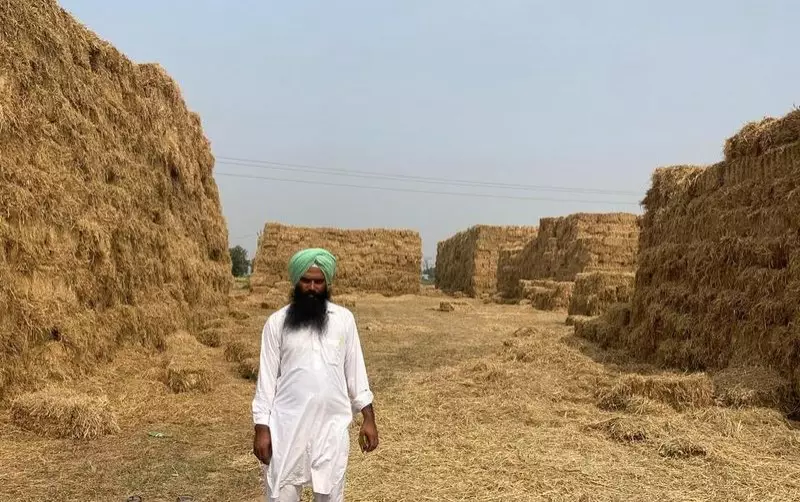
In a remarkable display of agricultural ingenuity, farmers across Sirsa and Fatehabad districts are proving that one man's trash is truly another's treasure. Instead of viewing stubble ash as mere waste, these progressive agriculturists are discovering profitable opportunities in what was once considered an environmental liability.
The Ash Revolution in Haryana's Heartland
The traditional practice of burning parali (crop residue) has long been a contentious issue in northern India, contributing significantly to air pollution during the winter months. However, a growing number of farmers are now adopting innovative approaches to transform this environmental challenge into an economic opportunity.
Multiple Revenue Streams from Stubble Ash
Farmers in the region have identified several practical uses for stubble ash:
- Natural Fertilizer: Many farmers are mixing the ash with soil to create nutrient-rich compost that enhances crop yield without chemical inputs
- Construction Material: The ash serves as an effective binding agent for plastering walls and flooring in rural households
- Pest Control: Some agriculturists are using the ash as a natural pesticide to protect their crops
- Soil Amendment: The alkaline properties of ash help balance soil pH levels in acidic soils
Economic and Environmental Benefits
This innovative approach delivers dual benefits: it provides additional income streams for farmers while significantly reducing the environmental impact of stubble burning. Farmers who previously incurred costs for stubble management are now generating supplementary revenue from what was essentially agricultural waste.
The trend is particularly strong in villages across both Sirsa and Fatehabad, where farmer groups are sharing knowledge and techniques for maximizing the value derived from stubble ash. This collective wisdom is helping transform agricultural practices across the region.
A Sustainable Future for Farming
This grassroots innovation represents a significant shift toward sustainable agriculture in Haryana. By finding value in every part of their harvest, these farmers are not only improving their economic prospects but also contributing to cleaner air and healthier ecosystems.
The success stories emerging from Sirsa and Fatehabad serve as an inspiring model for other agricultural regions grappling with similar stubble management challenges, proving that environmental responsibility and economic prosperity can go hand in hand.





